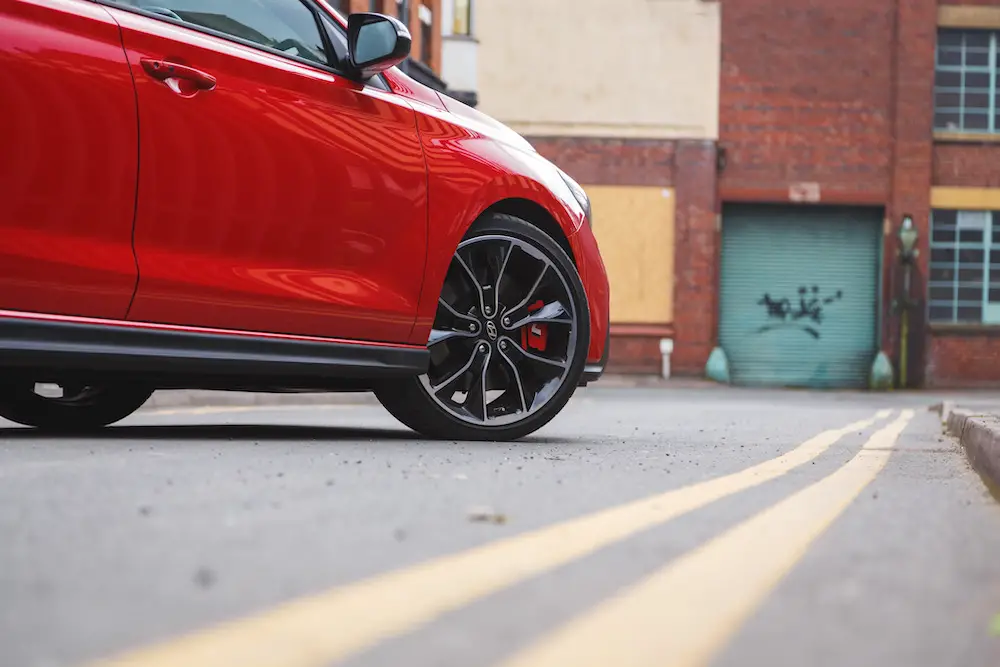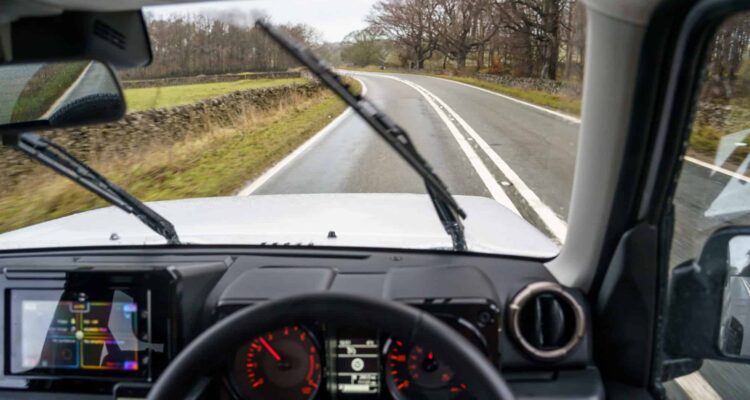Picture this: you’re driving home after a bad day at work, and you can’t wait to finally sink into your favorite armchair. You approach the intersection, and the lights turn green, so you lift your foot off the brakes and step on the gas. Halfway through the crossing, another car slams right into you from the side. You are the latest victim of a T-bone collision.
T-bone collisions, or broadside collisions, occur when a vehicle hits another from the side, forming a letter T. Victims of these accidents only have the door to shield themselves from impact and are at risk of severe injury or death. In fact, T-bone collisions account for 18% of accident fatalities in the country. Read on to learn more about T-bone accidents and what steps you can take after getting involved in one.
What Causes T-Bone Collisions?
Most T-bone accidents occur in intersections when one driver fails to yield the right of way. Usually, one driver tries to make a risky left turn at an intersection with the thought that the oncoming driver will stop at the yellow light. However, the driver doesn’t stop or, in some cases, runs the red light, crashing into the vehicle from the side. That said, here are some of the most common causes of T-bone collisions:
- Breaching Traffic Regulations: The most common cause of T-bone collisions is drivers flouting traffic rules. Some drivers willingly run red lights, ignore stop signs, or simply fail to yield the right of way, leading to these accidents.
- Speeding: Speeding increases the likelihood of T-bone accidents since drivers are unable to control their vehicles effectively or slam the brakes in time. This is closely related to the first point since exceeding the speed limit is also a breach of traffic laws.
- Driving Under the Influence(DUI): DUI contributes to about 32% of all traffic fatalities in the country. Excessive alcohol consumption impairs judgment, causing drivers to make careless turns or roll through stop signs, increasing the risk of broadside collisions.
- Distracted Driving: T-bone accidents also occur when drivers don’t focus on the road but fumble with their phones or reach over to the dashboard to grab another handful of chips. With no eyes on the road, it’s easy for the driver to run into another car as it turns into the intersection.
- Poor weather conditions: Sometimes, T-bone accidents are beyond the drivers’ control. Adverse weather conditions like excessive rain can make the road extra slippery or blur the road ahead, leading to these accidents.

What Injuries Are Common With T-Bone Collisions?
As mentioned, T-bone collisions can lead to severe injuries and even death. This is why you must be extremely careful when taking left turns. Here are some of the most common injuries associated with these accidents.
- Traumatic brain injuries (TBIs): TBIs are injuries to the brain caused by blunt force to the head or severe jolting of the head. T-bone collisions can cause traumatic brain injuries when the involved drivers hit their heads on the dashboard or get violently shaken up, causing their brains to jolt back and forth inside their skulls.
- Whiplash: This is a severe neck injury caused by the sharp and sudden movement of the neck, resulting in soft tissue trauma, pain, stiffness, and headaches.
- Spinal cord injuries: A spinal cord injury is damage to the spinal cord, which sends and receives signals from the body to the brain and vice versa, causing pain, back stiffness, and paralysis in severe cases. In fact, spinal cord injuries contribute to 27% of yearly paralysis cases in the U.S.
- Fractures: A fracture occurs when someone partially or completely breaks their bones as a result of a direct blow to that bone. Sometimes, the broken bone punctures the skin, causing what is known as an open fracture.
- Hip and leg injuries: Since T-bone accidents occur sideways, hip and leg injuries are highly probable. The driver’s hip may collide with the center console, resulting in anything from a simple hip contusion to a full-blown fracture. The same goes for the legs, which are at a greater risk of injury for the driver whose car front rams into the other car.
What Legal Options Do You Have After a T-Bone Collision?
Washington is an at-fault state, meaning the person who caused the accident is legally liable. As such, their insurance company must compensate the innocent party for their injuries and property loss/damage. Washington is also a pure comparative negligence state, meaning drivers can share degrees of fault and will compensate the other according to their degree of fault.
Determining fault is mostly straightforward since it’s usually the individual who flouted the traffic rules. However, to receive compensation, the innocent party must demonstrate that:
- The other driver had a duty of care to observe
- The other driver neglected this duty of care
- The other driver’s negligence was the reason for the accident
- The accident led to injury, death, and property damage, which are subject to compensation
However, it’s not uncommon for both drivers to be victims of the accident, meaning there’s no at-fault party. For instance, this applies in situations where the roads are poorly designed or maintained, increasing the risk of accidents. In such cases, the involved drivers might file a claim against their local governments and receive compensation. Regardless of who’s at fault, it’s always important to consult a reputable attorney to help you file your claim and get the compensation you deserve.
T-Bone Collisions Explained
T-bone collisions are among the most serious types of car accidents in the country, causing severe injuries and even death. If ever involved in one, your first course of action should be to seek immediate medical attention by calling 911 or arranging for a trip to the hospital. Don’t forget to take pictures of the accident scene and record a few witness statements. This will serve as crucial evidence to advance your claim and get the compensation you deserve.






